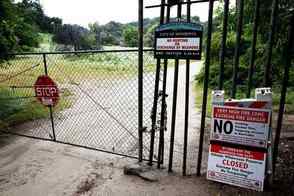 The final access point located on Cloverleaf Drive
The final access point located on Cloverleaf Drive “It’s been a community priority for many years to resolve this particular issue and we think this is a sensible way to bring closure to the matter,” City Manager Oliver Chi said.
The 1,416 acres of wilderness offers several trails that give hikers and bikers a breathtaking view of Los Angeles and look directly upon Arcadia and Monrovia. The area is home to rare, native species and wildlife and — on a clear day — offers views straight to Santa Catalina Island.
Read Courtney Tompkins full article in The Pasadena Star-News HERE.

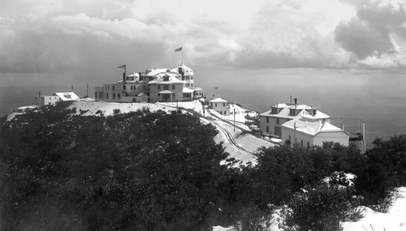
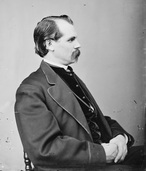
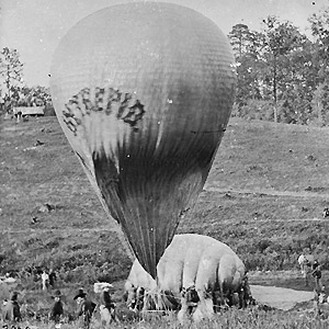
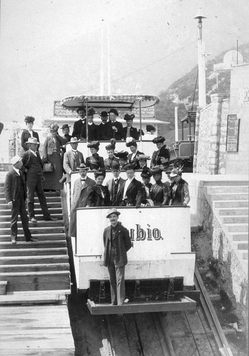
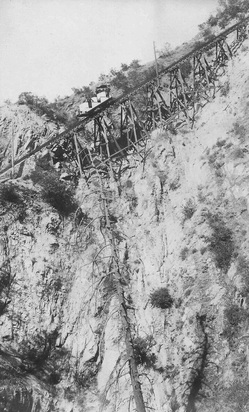
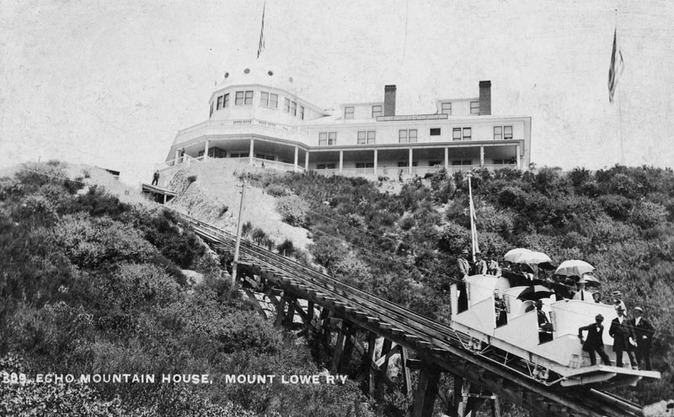

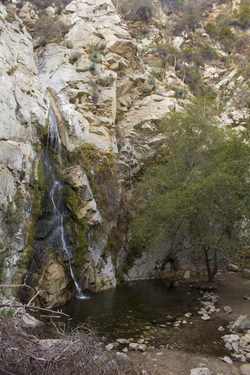
 RSS Feed
RSS Feed
